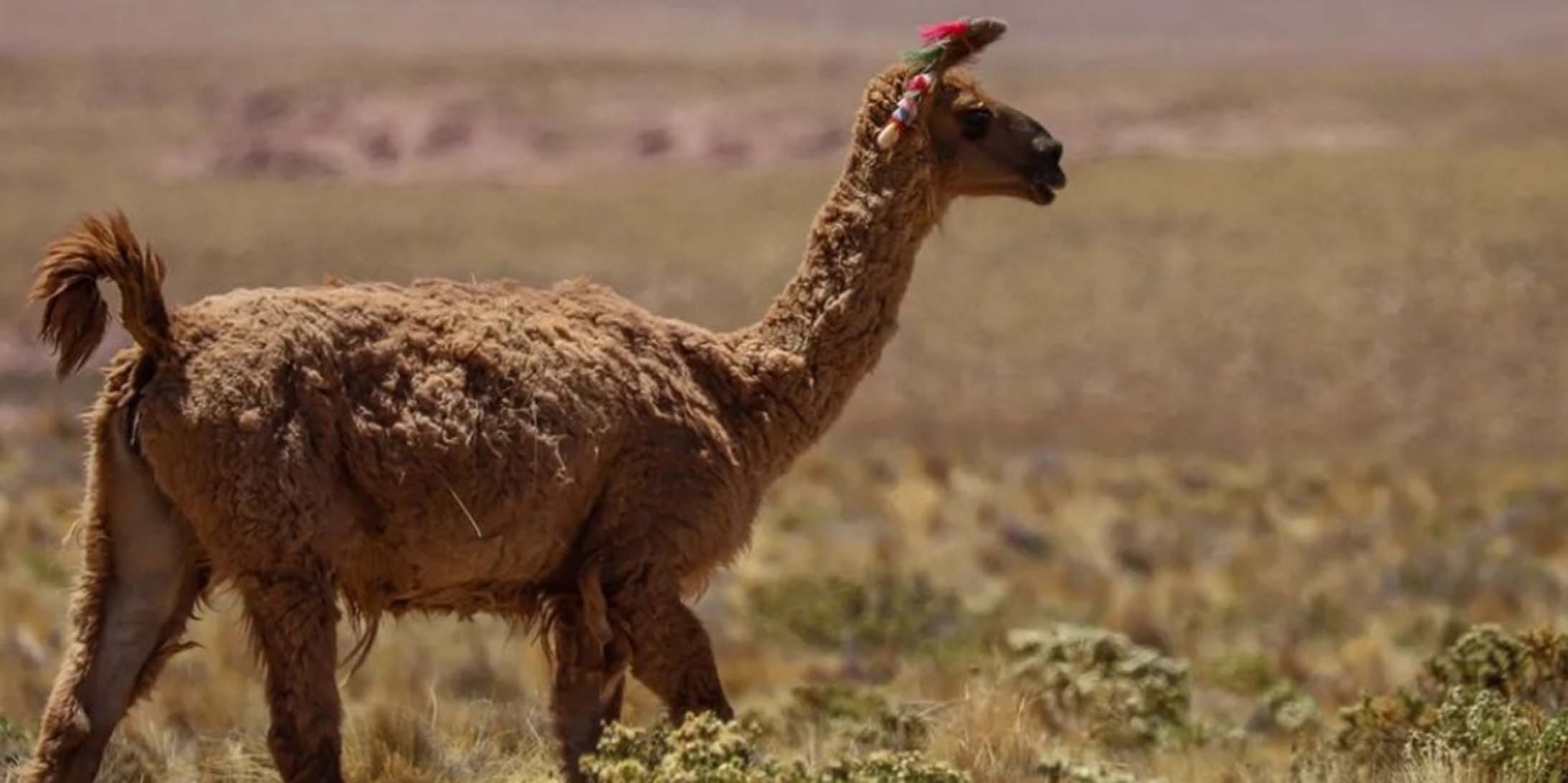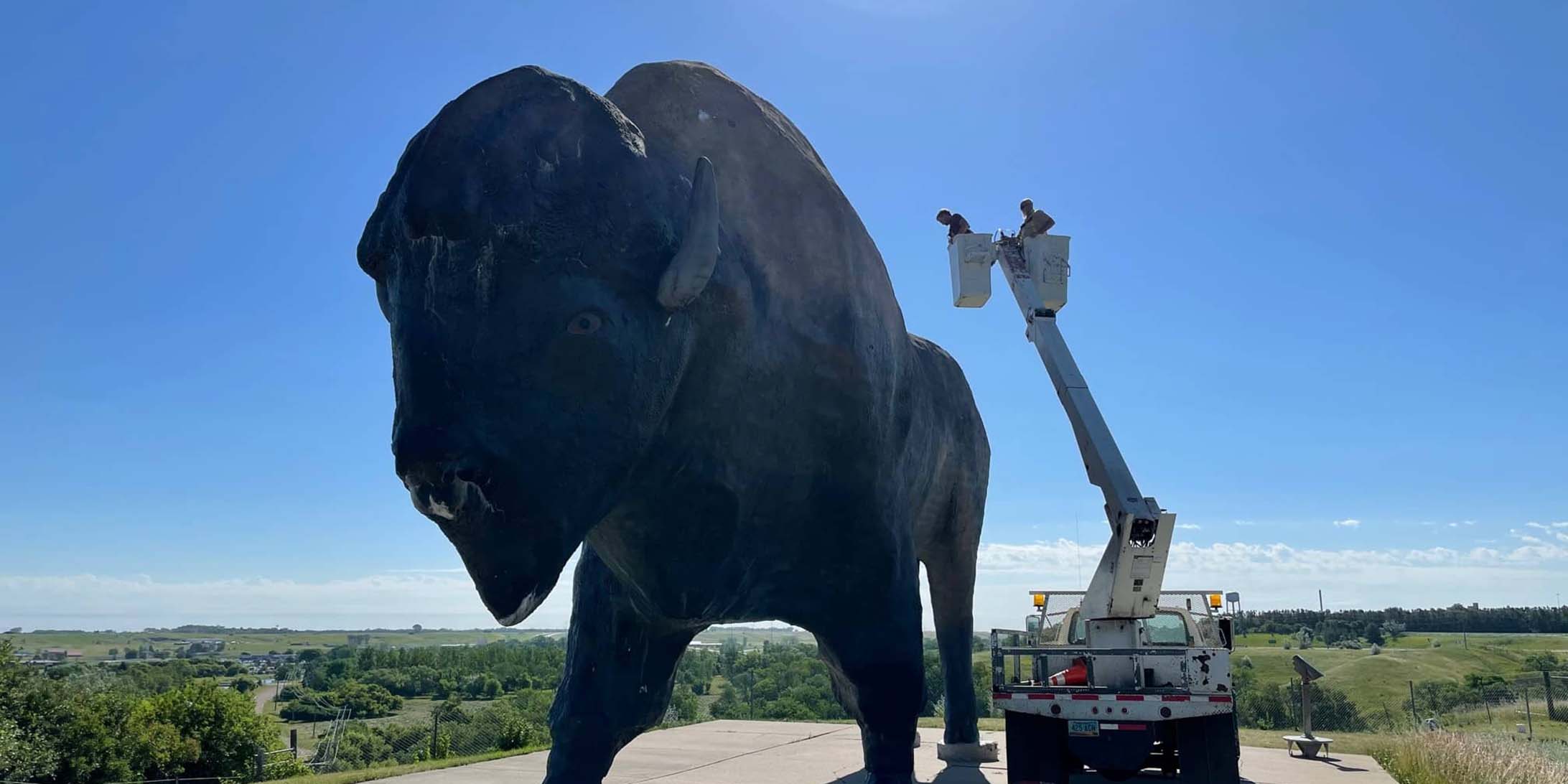Unveiling the Untamed Beauty of Atacama’s Fauna
Introduction: A Greek Adventurer’s Quest
In the heart of South America lies the Atacama Desert, a vast and arid landscape that conceals a surprising array of wildlife. My journey into this enigmatic desert became a safari of discovery, offering glimpses of llamas, vicuñas, and guanacos in their untamed habitat.
Encounters in the Wilderness: Llamas, Vicuñas, and Guanacos
Witnessing the Extraordinary in their Natural Habitat
Driving through the seemingly endless stretches of the Atacama Desert, my senses were captivated by the stark and otherworldly landscapes that unfolded before me. The arid terrain, painted in muted hues of earthy browns, tans, and grays, seemed to stretch infinitely in all directions. The sun cast long shadows across the desert floor, accentuating the rugged contours of the land.
In this vast and seemingly inhospitable environment, the untamed llamas, vicuñas, and guanacos became even more striking against the backdrop of the desolate beauty. The occasional tufts of hardy vegetation clinging to life in the barren soil hinted at the resilience required for survival in such an extreme climate.
As the journey unfolded, the undulating dunes and rock formations added layers of complexity to the Atacama’s visual narrative. The play of light and shadow on the textured surfaces created a mesmerizing dance that enhanced the allure of this remote desert. The distant mountains loomed on the horizon, their jagged peaks standing sentinel over the vast expanse, further emphasizing the harsh majesty of the landscape.
Guidelines for Ethical Wildlife Viewing
Navigating the Wild with Respect and Caution
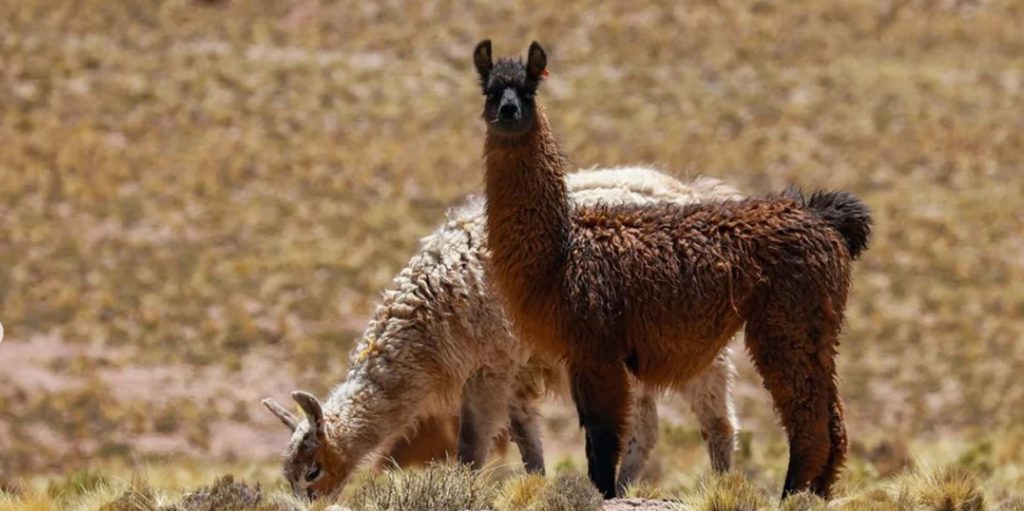
Encountering wildlife in their natural habitat is a privilege that necessitates a thoughtful and responsible approach. I delve into the essential guidelines for ethical wildlife viewing in the captivating expanse of the Atacama Desert. These principles aim to strike a delicate balance between our desire to witness the beauty of untamed creatures and the imperative to preserve their fragile ecosystems.
- Maintaining a Safe Distance:
One of the fundamental tenets of ethical wildlife viewing is to observe from a safe distance. This not only ensures the safety of both humans and animals but also prevents unnecessary stress to the wildlife. In the Atacama Desert, where the fauna has adapted to the challenging environment, maintaining a respectful distance allows for a non-intrusive observation of their natural behaviors. - Minimizing Human Impact:
The delicate ecosystems of the Atacama Desert are particularly susceptible to human interference. Responsible wildlife enthusiasts take measures to minimize their impact, sticking to designated trails and avoiding disturbing sensitive habitats. This not only protects the flora and fauna but also preserves the pristine nature of the desert for future generations. - Silent Observation:
Noise can be disruptive to wildlife, especially in the tranquil vastness of the desert. Practicing silent observation allows for a more authentic wildlife experience. This may involve turning off electronic devices, refraining from loud conversations, and moving with a heightened awareness of the surrounding environment. - Understanding Wildlife Behavior:
An informed observer is a respectful one. Taking the time to understand the natural behavior of the animals encountered enhances the experience while reducing the risk of causing distress. For instance, being aware of mating seasons, migration patterns, and feeding habits contributes to a more meaningful interaction. - Dos and Don’ts of Wildlife Encounters:
Delving into specific dos and don’ts can provide practical insights for responsible wildlife viewing. Dos may include staying patient and allowing the animals to approach on their terms, while don’ts may involve avoiding direct eye contact, sudden movements, or feeding the wildlife, which can disrupt their natural foraging behaviors.
By adhering to these ethical guidelines, we can ensure that our presence in the Atacama Desert is a positive and respectful one. This chapter aims to empower readers to enjoy the spectacle of wildlife in their native environment while fostering a commitment to the preservation of the delicate balance of nature.
The Enchanting Landscape of Atacama
An Ode to the Desert’s Sublime Beauty
The Atacama Desert is not just a haven for wildlife; it is also a landscape of unparalleled beauty. In this section, I embark on a poetic journey through the desert’s enchanting scenery. From the otherworldly Valle de la Luna to the breathtaking salt flats, every corner of Atacama unfolds a new chapter in the story of its sublime beauty. Through vivid descriptions and personal reflections, I aim to convey the magical allure of this arid wonderland.
Practicalities of the Atacama Safari: Tickets, Reservations, and Timings
Embarking on a safari through the mesmerizing Atacama Desert promises an unforgettable experience, where the splendors of wildlife unfold against a breathtaking backdrop. However, this adventure comes at a cost, and understanding the intricacies of ticket prices is crucial for those dreaming of exploring nature’s extravaganza.
Factors Influencing Ticket Prices:
Location and Site Accessibility:
- Proximity to popular wildlife sites and ease of accessibility play a significant role in determining ticket prices. Remote locations or those requiring special transportation may incur higher costs.
Guided Tours vs. Independent Exploration:
- Opting for guided tours often includes additional fees for expert guides, transportation, and sometimes exclusive access to certain areas. Independent exploration may offer cost savings but might lack the insights provided by knowledgeable guides.
Time of Year:
- Seasonal variations can impact ticket prices. High-demand periods, often aligned with optimal wildlife viewing seasons, may see increased costs. Traveling during off-peak times could provide budget-friendly options.
Accommodation Packages:
- Some wildlife viewing sites collaborate with local accommodations to offer bundled packages, including both stay and entry fees. Exploring such options may present cost-effective alternatives.
Conservation Fees:
- Many wildlife reserves and parks implement conservation fees to contribute to the preservation of the ecosystem. Understanding these fees and their purpose is essential for responsible tourism.
Budget-Conscious Options:
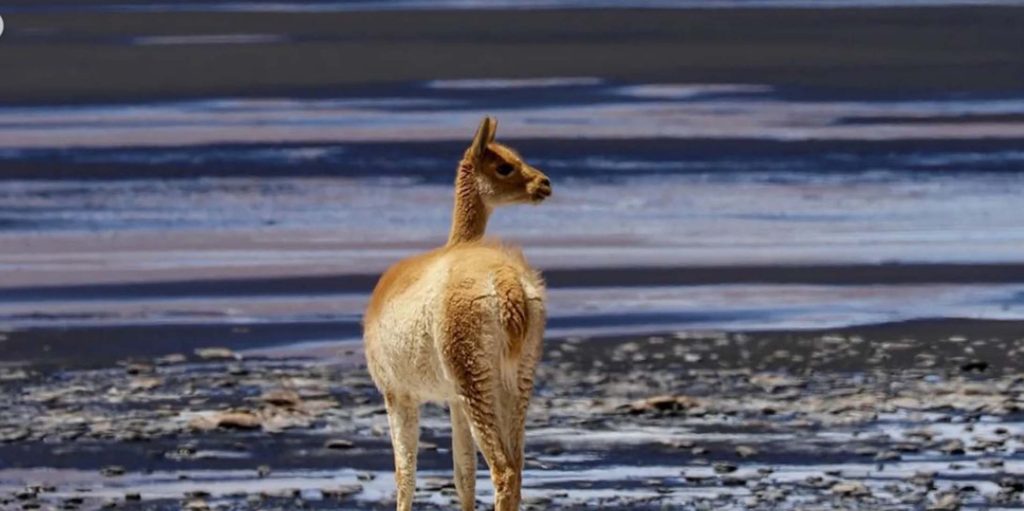
Research and Planning:
- Thorough research into different sites, their offerings, and associated costs allows travelers to make informed decisions. Planning in advance helps in securing budget-friendly options.
Off-Peak Travel:
- Choosing to visit during less crowded periods not only lowers ticket prices but also enhances the overall experience by providing a more intimate connection with nature.
Group Discounts:
- Some wildlife reserves offer group discounts for families or large parties. Collaborating with fellow travelers can lead to collective savings on ticket prices.
Local and Online Deals:
- Keep an eye out for local promotions, discounts, or online deals offered by tour operators, travel agencies, or the wildlife sites themselves. Booking in advance or as part of a package may result in cost savings.
Community-based Tourism:
- Exploring community-based tourism initiatives can provide unique, budget-friendly opportunities to engage with local cultures and wildlife.
Balancing budgets and wildlife dreams in the Atacama Desert requires a thoughtful approach. By understanding the factors influencing ticket prices and exploring budget-conscious options, adventurers can craft an enriching safari experience without compromising their financial constraints. Remember, the priceless moments of witnessing Atacama’s wildlife wonders are within reach with strategic planning and a spirit of exploration.
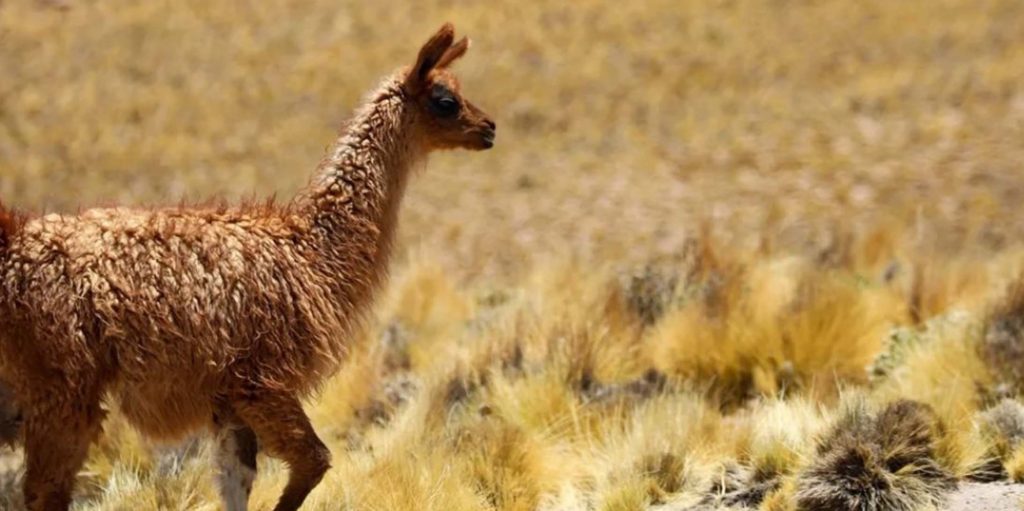
Operating Hours: Maximizing Daylight for Wildlife Marvels
Strategizing the Safari Schedule
The Atacama Desert, with its unique and diverse wildlife, unveils its true splendor during specific times of the day. To make the most of your safari experience, it’s essential to decipher the operating hours of different wildlife viewing sites. I unravel the mysteries of these schedules, guiding you on how to optimize daylight hours for witnessing the full spectrum of Atacama’s wildlife marvels.
Understanding Wildlife Activity Patterns:
Dawn Delights:
- Many desert creatures, from elusive birds to mammals, are most active during the early morning hours. The dawn chorus of birds and the soft glow of the rising sun create a magical atmosphere, offering unique opportunities for observation and photography.
Midday Siesta:
- As the desert temperatures rise during midday, some animals seek refuge from the heat. Understanding this natural behavior helps in planning breaks or exploring shaded areas where wildlife might still be active.
Afternoon Adventures:
- The late afternoon is another prime time for wildlife sightings. Animals that retreated during the midday heat re-emerge, and the changing light conditions can add a different dimension to your safari experience.
Twilight Tales:
- Nocturnal creatures come to life during the twilight hours. Sunset and dusk provide a chance to witness the transition between diurnal and nocturnal activities, offering a unique perspective on the desert’s nightlife.
Strategies for Maximizing Daylight:
Early Morning Safaris:
- Plan your safaris to begin early in the morning to catch the vibrant activity of dawn. This is when predators may be on the prowl, and various bird species showcase their intricate behaviors.
Lunchtime Breaks:
- Consider taking a break during the midday heat, not only for your comfort but also to align with the natural siesta period of certain wildlife. Use this time for relaxation, reflection, and perhaps some indoor or shaded exploration.
Extended Afternoons:
- Schedule afternoon safaris to capture the renewed energy of animals emerging from their midday repose. The changing light can also create stunning photographic opportunities.
Sunset Safaris:
- For those keen on nocturnal adventures, sunset safaris can be a magical experience. Witness the desert landscape transform under the warm hues of the setting sun and observe the transition to the nocturnal world.
Understanding the operating hours of wildlife viewing sites in the Atacama Desert is key to unlocking the full potential of your safari. By strategically planning your schedule to align with the natural rhythms of desert life, you enhance your chances of witnessing the diverse and enchanting wildlife marvels that make Atacama a truly extraordinary destination.
